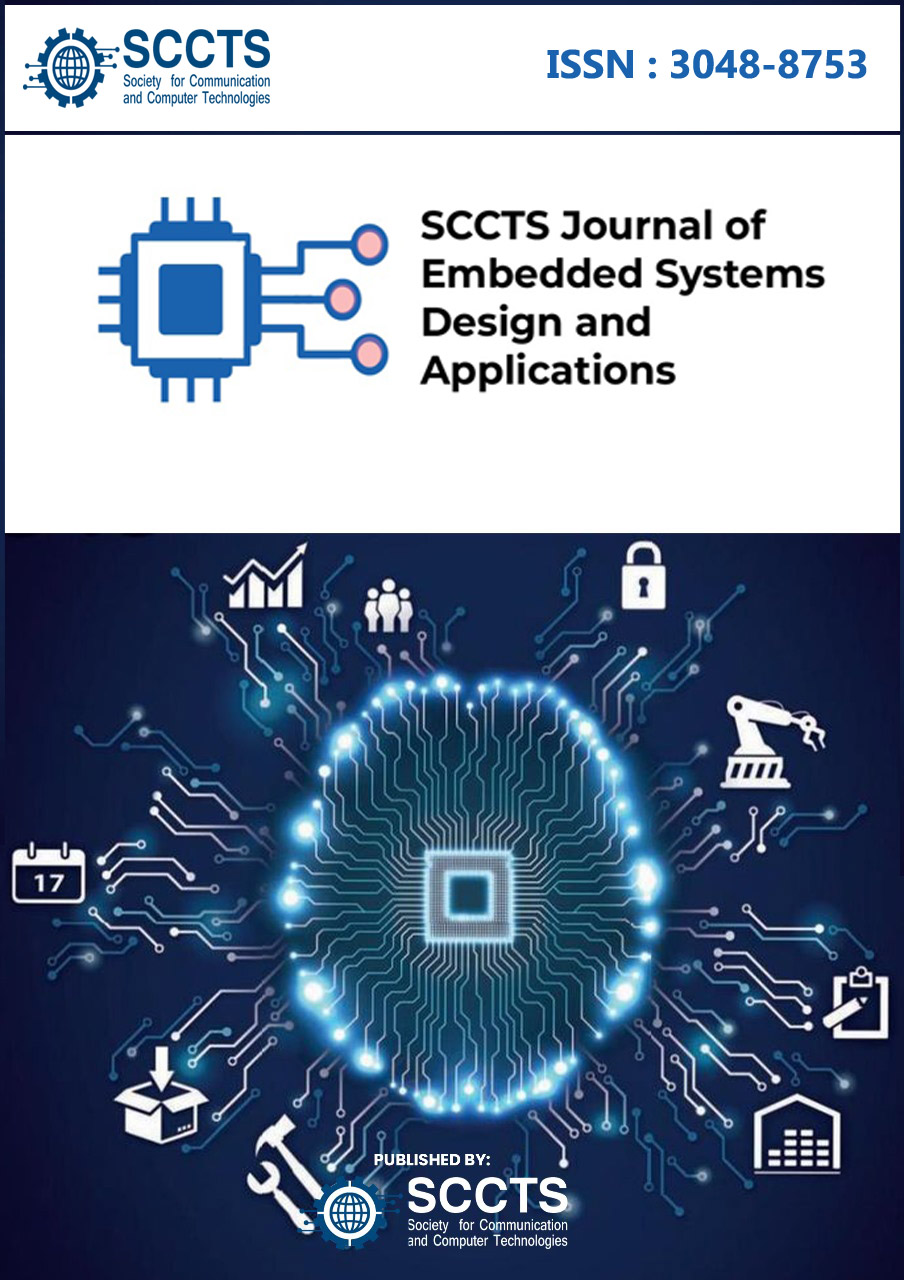A Review of Security Protocols for Embedded Systems in Critical Infrastructure
DOI:
https://doi.org/10.31838/ESA/02.01.01Keywords:
Software Optimization in Embedded Systems; Embedded System Performance Evaluation; Embedded System Design Challenges; Ultra-Low Power Embedded SystemsAbstract
A broad application of embedded systems into critical infrastructure sectors
represents an era of unprecedented connectivity and automation. While
this technological revolution has brought us back into the 21st century, it
has brought some new vulnerabilities that need robust security protocols
in place. This work provides a comprehensive review of the evolution of
embedded system security in critical infrastructure, with a focus on key
challenges, emerging threats, and the most meaningful solutions of the
field. However, as our world gets more and more interlinked, the security
of our embedded systems in critical infrastructure becomes of a primary
importance. These embedded technologies are critical to power grids and
transportation networks as well as healthcare facilities and industrial con
trol systems of modern society. At no other time has the need to protect
these systems from cyber threats been needed more, since attacks could
tie into widespread disruption, economic losses, and even loss of life. In
this article we take a deep look at embedded system security protocol, and
the role they play to protect critical infrastructure from malicious actors.
In this overview of the key challenges, we’ll investigate the special plight of
various sectors, examine the latest security techniques, and look at possible
paths for future research and development in this critical domain. If we take
a deep dive into embedded system security complexities, we could improve
our efforts towards building more resilient and secure critical infrastructure
for the next generations.





